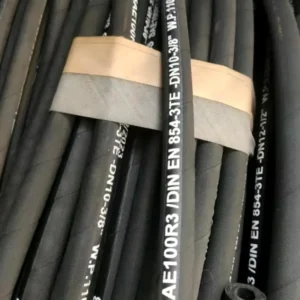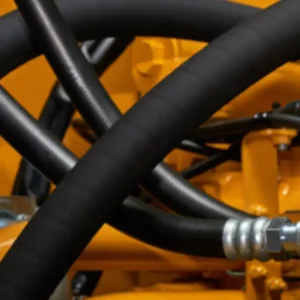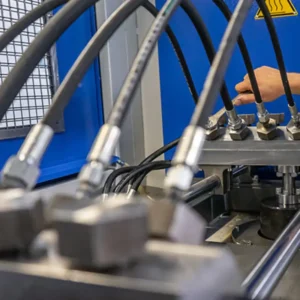Whether it’s our trusty backyard grill, a cozy gas fireplace, or our home’s heating system, we often focus on the appliance itself. But there’s a vital, often overlooked component that ensures the safe delivery of fuel: the gas hose. How safe are gas hoses? The answer is: incredibly safe, when used correctly. Let’s explore the factors that contribute to their safety and what we need to do to keep them that way.
Are All Gas Hoses Created Equal?
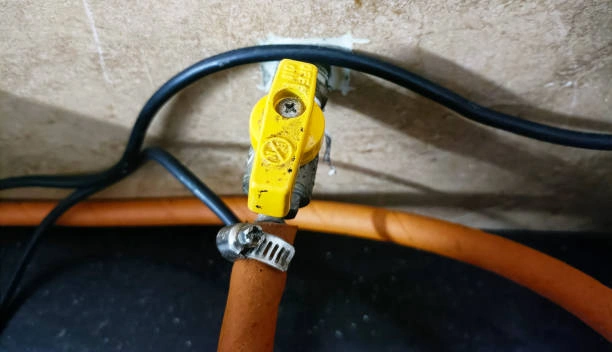
No, not all gas hoses are created equal, and this is a critical point for safety. The world of gas hoses isn’t a “one-size-fits-all” scenario. We’re primarily dealing with two main types of fuel: propane (also known as LP gas) and natural gas. Each of these gases has distinct properties, particularly regarding pressure and chemical composition, which necessitate specially designed hoses.
Using the wrong type of hose is a major safety hazard, and it’s a mistake we absolutely want to avoid. Understanding these differences is the first step towards ensuring the utmost safety in our gas-powered homes and outdoor spaces.
Gas Hose Types: Propane vs. Natural Gas
| Feature | Propane Gas Hose | Natural Gas Hose |
| Gas Type | Liquid Propane (LP) | Methane |
| Pressure Rating | High (e.g., 10-250 PSI) | Low (e.g., 0.25-0.5 PSI) |
| Material | Heavy-duty rubber, reinforced with braiding | Flexible synthetic rubber or thermoplastic |
| Flexibility | More rigid, less flexible | More flexible |
| Common Fittings | POL, ACME nut, QCC1, Type 1, specific quick-connect | Flare, NPT (National Pipe Thread), quick-connect |
| Labeling | “LP Gas,” “Propane,” “LPG” | “Natural Gas,” “NG” |
| Application | BBQ grills, portable heaters, RVs | Furnaces, water heaters, stoves, fireplaces |
Gas Hoses: Material and Construction

The materials and construction methods employed in gas hoses are crucial for their safety and longevity. Manufacturers don’t just pick materials at random; they select them based on their ability to withstand specific pressures, temperatures, and the chemical properties of the gas they’re designed to transport.
High-quality gas hoses typically feature multiple layers. We often see an inner core that’s resistant to the gas, reinforced by layers of braided synthetic fibers or stainless steel mesh for strength, and an outer layer that protects against abrasion, UV exposure, and environmental damage. This multi-layered approach ensures the hose can safely contain the gas under pressure and resist external threats.
For instance, a propane hose will have much thicker and more robust reinforcement than a typical natural gas hose due to the higher pressures involved.
Safety Standards and Certifications
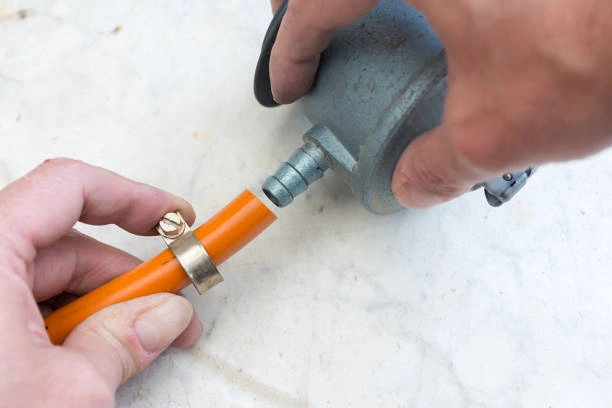
When considering how safe gas hoses are, a major indicator is adherence to established safety standards and certifications. Reputable gas hoses are not just mass-produced; they undergo rigorous testing by independent organizations. In North America, we primarily look for certifications from:
- Underwriters Laboratories (UL): A globally recognized safety science company.
- Canadian Standards Association (CSA): A similar organization focused on standards in Canada.
These certifications mean the hose has met stringent requirements for pressure resistance, material durability, flame resistance, and overall structural integrity. Always look for these markings directly on the hose or its packaging.
Choosing a certified gas hose is one of the easiest ways to ensure you’re getting a product designed for safe operation.
Installation Matters

Even the safest gas hose can become a hazard if not installed correctly. This is where the human element plays a critical role in gas hose safety. Improper installation can lead to leaks, kinks, or stress on the hose, compromising its integrity over time. Here are some key installation considerations:
Correct Fittings: Ensure the hose fittings match the appliance and the gas supply connection perfectly. Never force connections or use incompatible adapters.
Proper Routing: Avoid kinking, twisting, or stretching the hose. It should have enough slack to allow for movement without strain.
Protection from Damage: Keep hoses away from sharp edges, hot surfaces, and areas where they might be stepped on or driven over.
Leak Testing: After installation, always perform a leak test using a soapy water solution (never an open flame!). Bubbles indicate a leak.
While some basic installations can be done by a homeowner, for permanent installations, particularly with natural gas lines inside your home, we strongly recommend hiring a qualified and licensed gas professional.
Maintenance and Inspection
We recommend checking your hoses at least annually, or more frequently if they are exposed to harsh conditions or heavy use.
Cracks, Fraying, or Bulges: These are clear signs of material degradation.
Pinhole Leaks: Small holes can develop over time, leading to slow but dangerous leaks.
Wear and Tear: Check for any signs of abrasion, cuts, or damage to the outer layer.
Loose Connections: Ensure all fittings are tight and secure.
Kinks or Bends: Persistent kinks can weaken the hose structure.
Pest Damage: Rodents can sometimes chew through hoses.
If you find any of these issues, replace the hose immediately. Please do not attempt to repair a damaged gas hose; it’s not worth the risk. Prompt replacement is the simplest and most effective way to maintain gas appliance safety.
The Dangers of Neglect: When Hoses Become Hazardous
Ignoring the signs of a faulty gas hose or using an incorrect type can have catastrophic consequences. The dangers associated with gas leaks are severe and include:
- Fire: Escaping gas is highly flammable and can ignite from a small spark, open flame, or even static electricity.
- Explosion: If enough gas accumulates in an enclosed space, an explosion can occur, causing severe structural damage and injury.
- Carbon Monoxide Poisoning: While not directly from a hose leak, a poorly functioning or unvented gas appliance (which a faulty hose could contribute to) can produce deadly carbon monoxide.
- Asphyxiation: In extreme cases, a large gas leak can displace oxygen, leading to suffocation.
These are not alarmist scenarios but real risks. Our responsibility as homeowners and appliance users is to take gas hose safety seriously. A small investment in a new, correctly specified, and certified hose is infinitely cheaper than the potential cost of an accident.
Conclusion
Gas hoses are exceptionally safe devices, designed and manufactured under strict standards to handle volatile fuels. By following these guidelines, you can ensure that your gas hoses remain safe and reliable, allowing you to enjoy your gas appliances with complete peace of mind.

